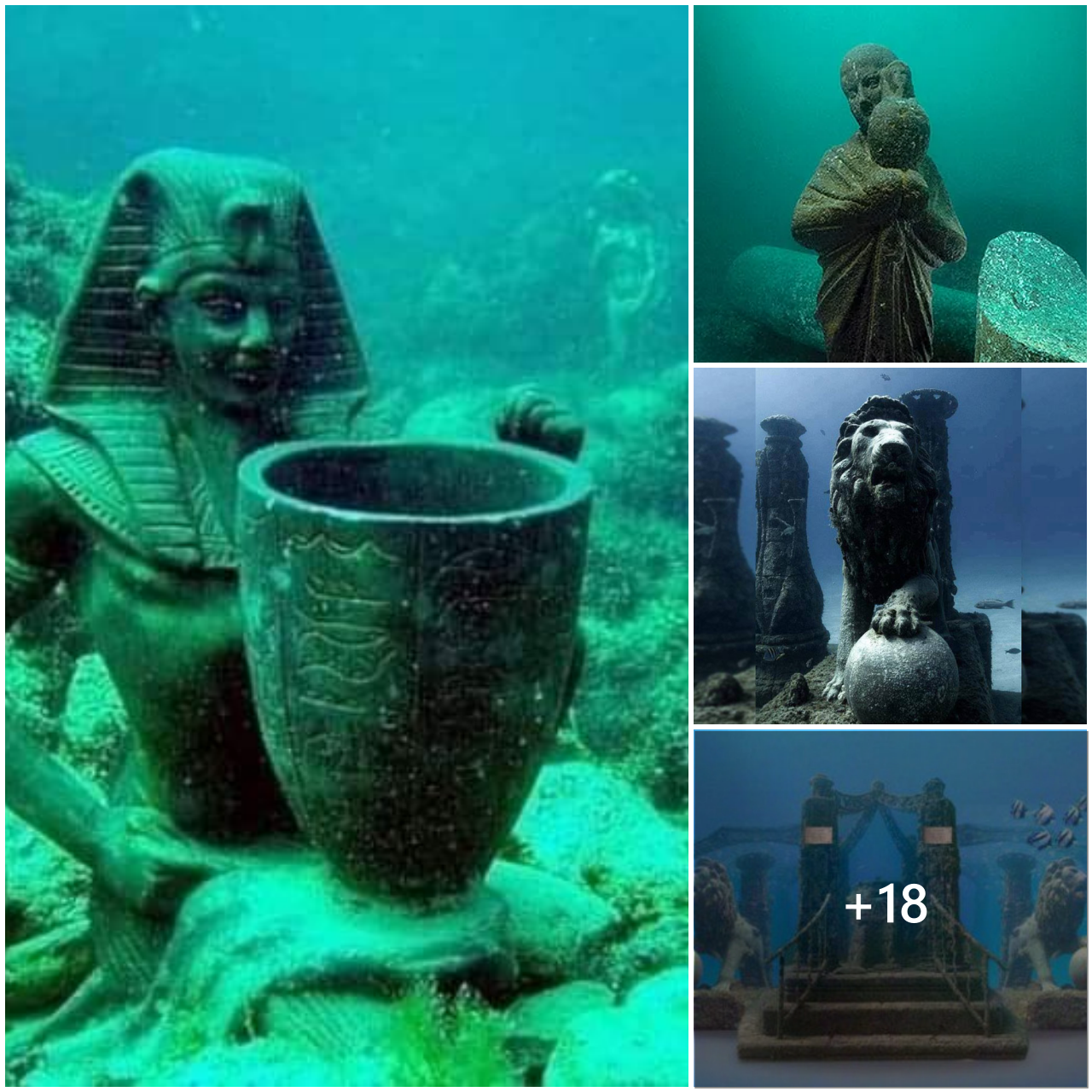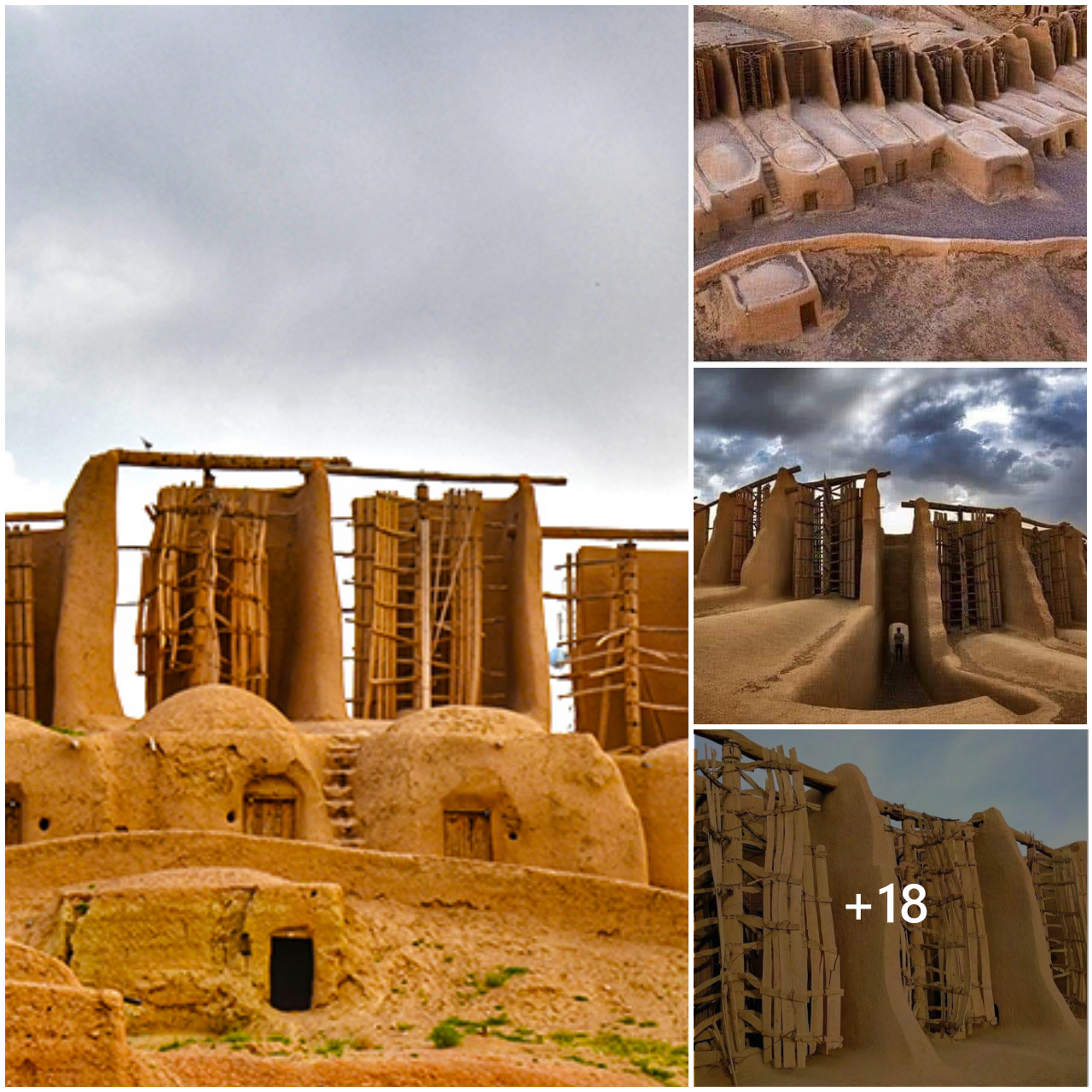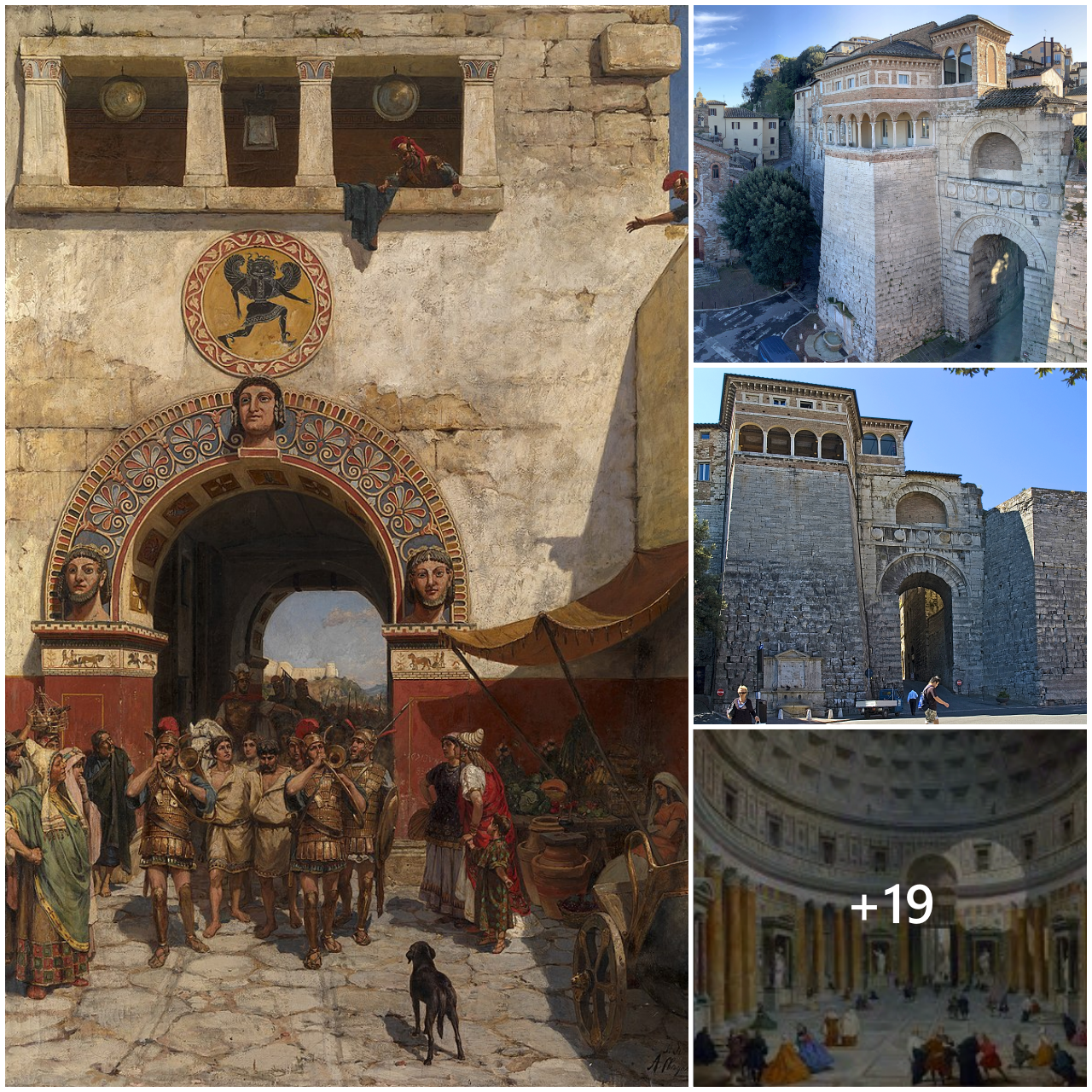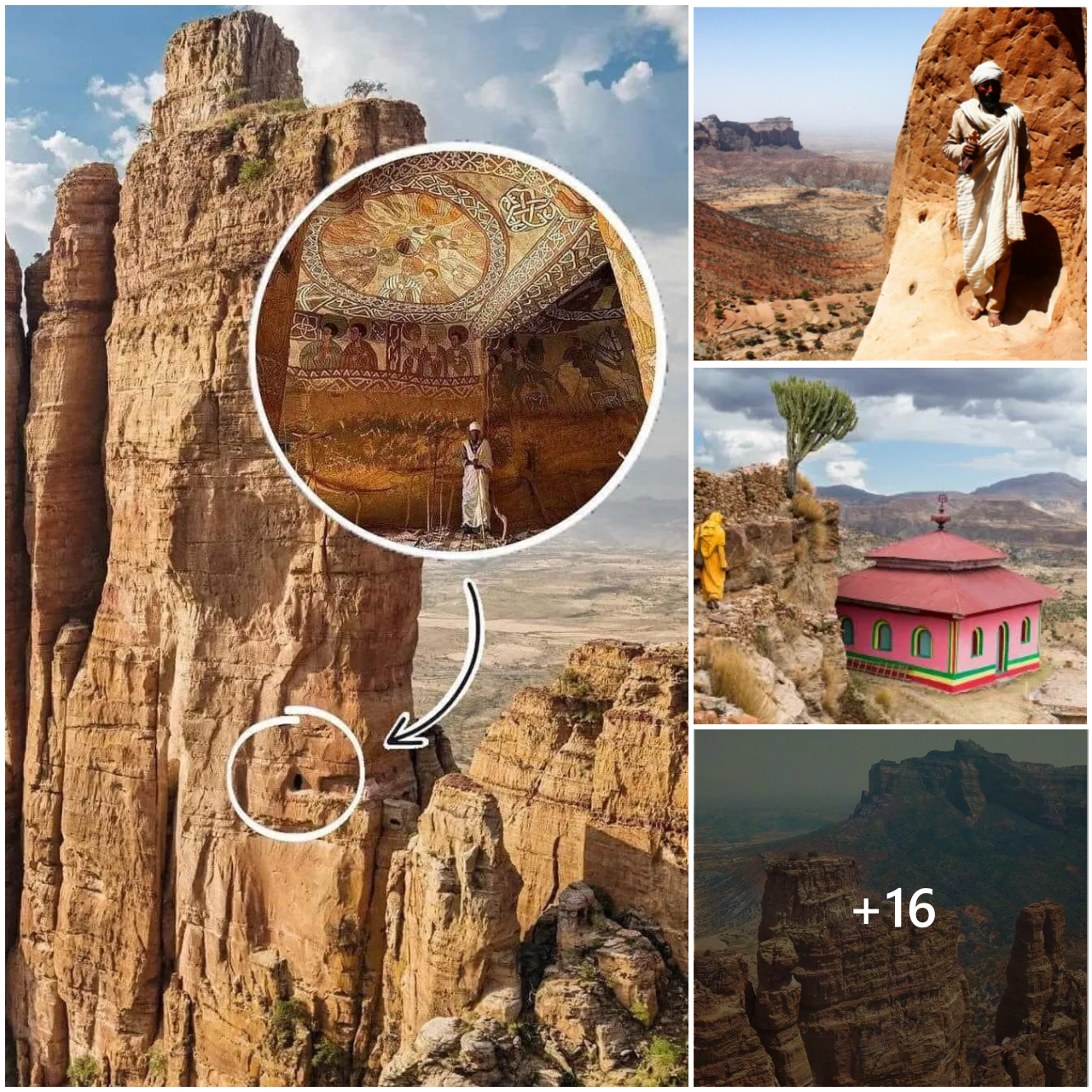As big as a killer whale, with teeth like daggers, this Cretaceous marine reptile once terrorized the area around the city of Casablanca in present-day Morocco.
According to Live Science, a multinational research team has just added a new species to the list of terrifying marine reptiles of the Cretaceous period: Khinjaria acuta .
The name comes from the Arabic “khinja” , meaning “dagger “; as well as “acuta” which means “sharp” in Latin. That is also the description of the monster’s jaws: Dense with large, dagger-like teeth.
 Part of the monster’s jaw was unearthed – (Photo: BATH UNIVERSITY).
Part of the monster’s jaw was unearthed – (Photo: BATH UNIVERSITY).
Meanwhile, a paleontologist from the University of Bath (UK), one of the groups participating in the multinational research, called it a “nightmare” marine reptile.
Not only does it have hideous jaws, this creature also has a giant body 8m long , quite chubby like a Komodo dragon – one of its living relatives – while its size and agility are equivalent to that of a whale. assassin.
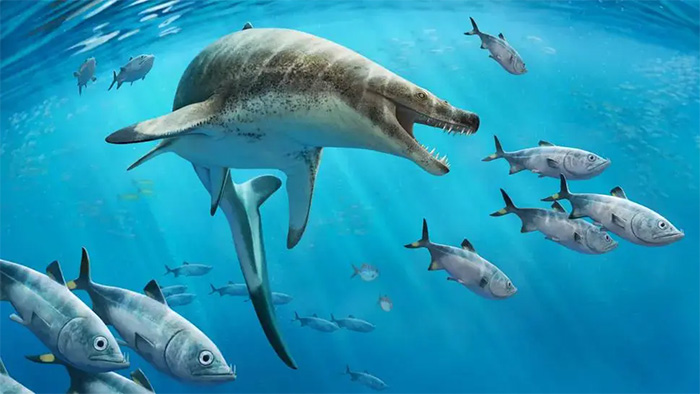 “Nightmare” marine reptile Khinjaria acuta.
“Nightmare” marine reptile Khinjaria acuta.
The skull and partial skeleton of this “nightmare” marine reptile were found in a phosphate mine near the Moroccan port city of Casablanca.
According to Professor Nour-Eddine Jalil from the National Museum of Natural History in Paris (France), co-author, skull analysis shows that this species has a terrible bite force.
And Dr. Nick Longrich from the University of Bath said it was a threat to fish, sea turtles and other marine reptiles during the same period.
Khinjaria acuta was also identified as a species of mosasaur. In addition to the Komodo dragon, it is also a relative of another modern species, the giant anacondas.
The newly unearthed specimen dates back 66 million years, or at the end of the Cretaceous period, right before the Chicxulub asteroid disaster caused it and all mosasaurs, ichthyosaurs, pterosaurs, and other dinosaurs to be erased. windows on the planet.
However, scientists believe that this species may have dominated the ocean during the Cretaceous period, that is, 145 million years ago.
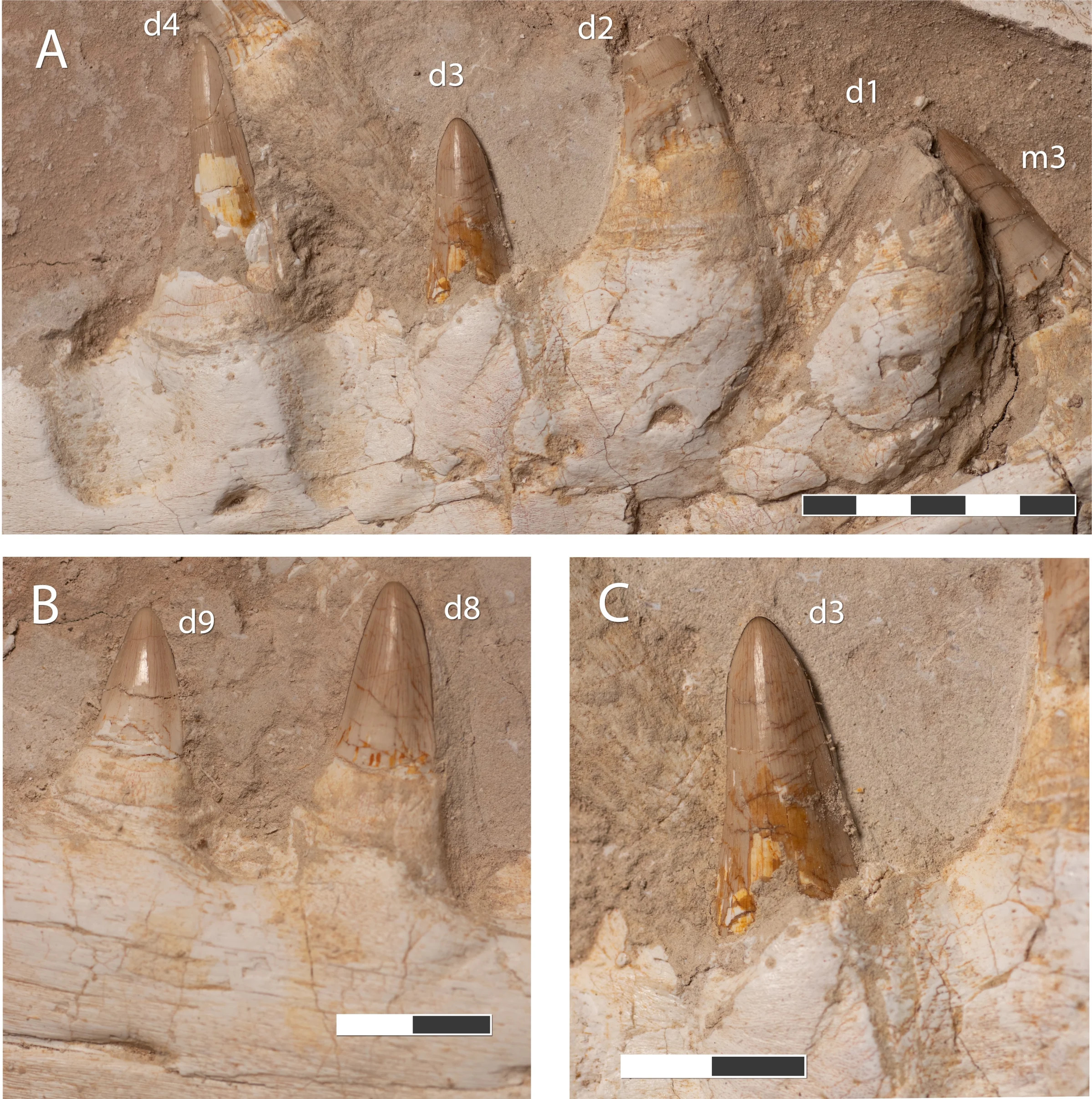
The new discovery has enriched the description of mosasaurs, which were the most dangerous group of marine reptiles in the past, larger than most other marine animals. They are also very diverse in morphology, with tooth styles and hunting styles that are more or less different between species.
